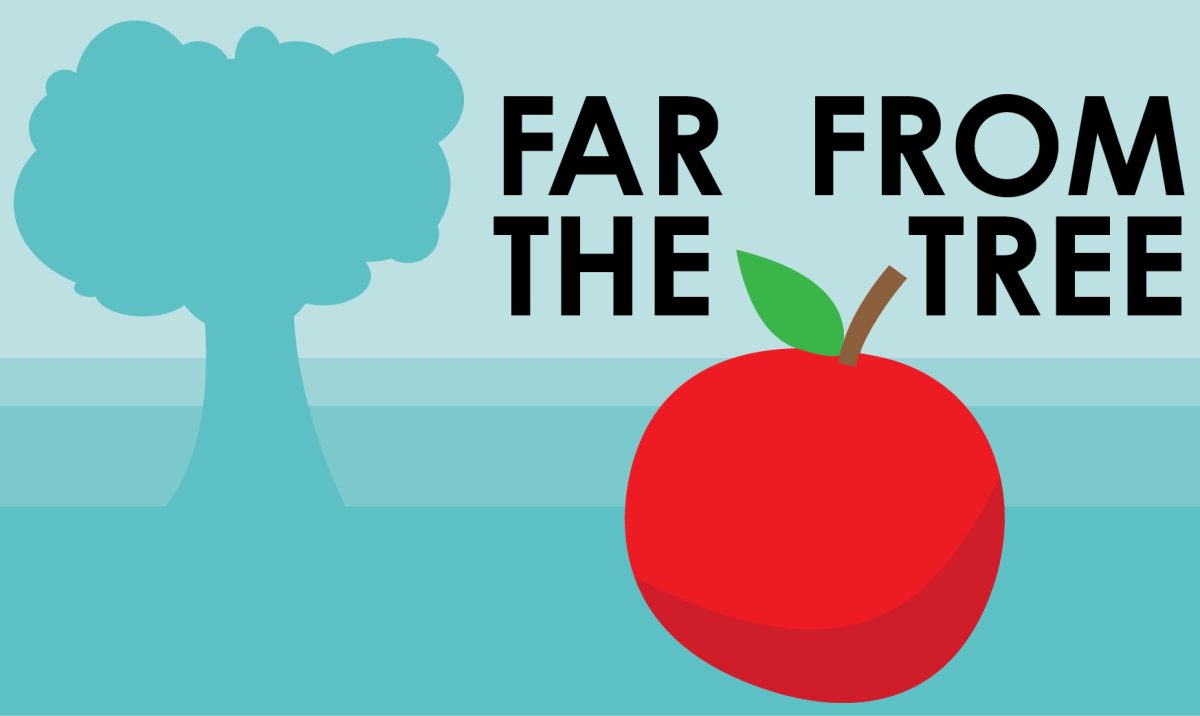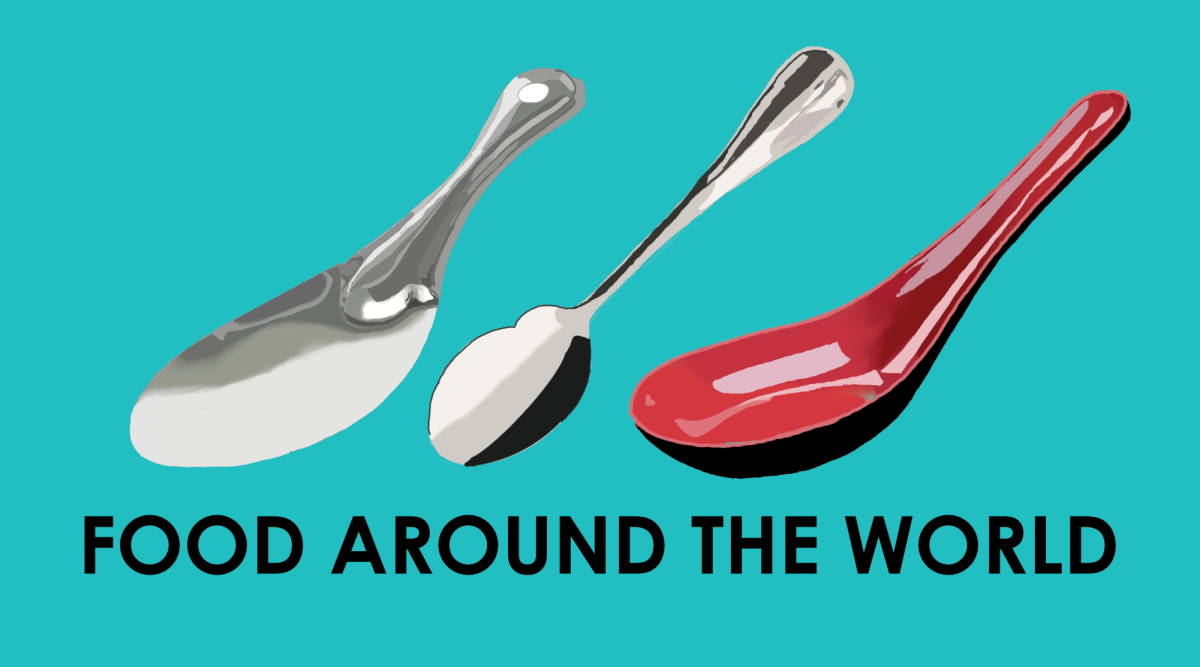This winter, the United States has seen some significantly warmer days than in the past. According to the National Oceanic and Atmospheric Administration, national average temperatures increased by 2.3 degrees in the winter in 2022 to 2023 and the trend continues into this winter, especially in northern states.
Living in Indiana, many people welcome the warm weather. “It’s so nice outside, spring is coming,” I would say. When I really start thinking about it, though, maybe this warm weather is less of a blessing and more of a warning.
Even if just a few degrees on average, warmer temperatures and 60-degree days in February have agricultural consequences that many do not consider. The Midwest is known for its rich farmland. In the winter, when the soil freezes, nothing can break down the nutrient-dense organic material in the ground. This is a good thing; it essentially “saves” the nutrients for when it warms up and plants need it to grow. If we have a warm day and the soil thaws, all the nutrients get broken down by bacteria and fungi. Over time, this wears away at our soil until eventually it will not grow crops as easily.
In addition to soil concerns, there are also health concerns that arise with warmer temperatures in agriculture. Bacteria grow and reproduce easier in warmer, wetter environments, according to the USDA, so foodborne illness concerns arise as temperatures increase.
This winter warming not only has consequences for Midwest agriculture, but also for other areas of our country. For example, warming temperatures allow small animals to thrive in seasons where they are normally not a threat. According to the Department of Inland Fisheries and Wildlife, Maine has had problems with Lyme disease outbreaks caused by increased tick survival in the winter. In Texas, flowers are blooming earlier in the year, which attracts Mexican free-tailed bats in months when they are not supposed to migrate back to Texas. This throws off the balance of the ecosystems and leads to a decreased bug population.
Overall, while we may feel a dopamine rush seeing the sun in February, it is important to consider the implications of warmer winters on the environment. Our land and wildlife are important to our survival, and excitement over a warm day should not overshadow the consistent problem of climate change many Americans seem to ignore.
The views in this column do not necessarily reflect the views of the HiLite staff. Reach Addison Joyce at [email protected].






























![Family vlogger controversy, need for content reform [opinion]](https://hilite.org/wp-content/uploads/2024/05/Screenshot-2024-05-14-11.33.37-AM-1200x465.png)




























![Review: Taylor Swift’s new album The Tortured Poets Department is not her best work but is still a brilliant album [MUSE]](https://hilite.org/wp-content/uploads/2024/05/The-Anthology_Cover-1200x675.webp)
![Review: Challengers does it all [MUSE]](https://hilite.org/wp-content/uploads/2024/05/challengers-poster-1200x600.png)
![Review: A House of Flame and Shadow by Sarah J. Maas was a disappointing read [MUSE]](https://hilite.org/wp-content/uploads/2024/05/house-of-flame-and-shadow-feature.png)
![Review: Conan Gray’s new album, “Found Heaven”, is a refreshing twist on modern music [MUSE]](https://hilite.org/wp-content/uploads/2024/05/Screenshot-2023-10-31-at-16.01.05.webp)
![Review: “Bodies, Bodies, Bodies” is the quintessential Gen-Z movie [MUSE]](https://hilite.org/wp-content/uploads/2024/05/Screenshot-2024-05-15-140618.png)
![Review in Print: Maripaz Villar brings a delightfully unique style to the world of WEBTOON [MUSE]](https://hilite.org/wp-content/uploads/2023/12/maripazcover-1200x960.jpg)
![Review: “The Sword of Kaigen” is a masterpiece [MUSE]](https://hilite.org/wp-content/uploads/2023/11/Screenshot-2023-11-26-201051.png)
![Review: Gateron Oil Kings, great linear switches, okay price [MUSE]](https://hilite.org/wp-content/uploads/2023/11/Screenshot-2023-11-26-200553.png)
![Review: “A Haunting in Venice” is a significant improvement from other Agatha Christie adaptations [MUSE]](https://hilite.org/wp-content/uploads/2023/11/e7ee2938a6d422669771bce6d8088521.jpg)
![Review: A Thanksgiving story from elementary school, still just as interesting [MUSE]](https://hilite.org/wp-content/uploads/2023/11/Screenshot-2023-11-26-195514-987x1200.png)
![Review: When I Fly Towards You, cute, uplifting youth drama [MUSE]](https://hilite.org/wp-content/uploads/2023/09/When-I-Fly-Towards-You-Chinese-drama.png)
![Postcards from Muse: Hawaii Travel Diary [MUSE]](https://hilite.org/wp-content/uploads/2023/09/My-project-1-1200x1200.jpg)
![Review: Ladybug & Cat Noir: The Movie, departure from original show [MUSE]](https://hilite.org/wp-content/uploads/2023/09/Ladybug__Cat_Noir_-_The_Movie_poster.jpg)
![Review in Print: Hidden Love is the cute, uplifting drama everyone needs [MUSE]](https://hilite.org/wp-content/uploads/2023/09/hiddenlovecover-e1693597208225-1030x1200.png)
![Review in Print: Heartstopper is the heartwarming queer romance we all need [MUSE]](https://hilite.org/wp-content/uploads/2023/08/museheartstoppercover-1200x654.png)






















![Review: “Ginny & Georgia” is a dramatic and poorly made emotional rollercoaster–and I loved it anyway [MUSE]](https://hilite.org/wp-content/uploads/2024/03/ginny-and-georgia-season2-main-be37bbb9487a41e88b3f66c3baacd5c3-300x177.jpg)
![Review: Witch Hat Atelier is a masterpiece in art and world-building, but the story has only begun [MUSE]](https://hilite.org/wp-content/uploads/2024/01/unnamed-211x300.png)
![Review: “Mysterious Lotus Casebook” is an amazing historical Chinese drama [MUSE]](https://hilite.org/wp-content/uploads/2024/03/0-300x170.webp)
![Review: “A Little Life” by Hanya Yanagihara is the epitome of a heartwrenching masterpiece [MUSE]](https://hilite.org/wp-content/uploads/2024/01/unnamed-5-300x200.png)


